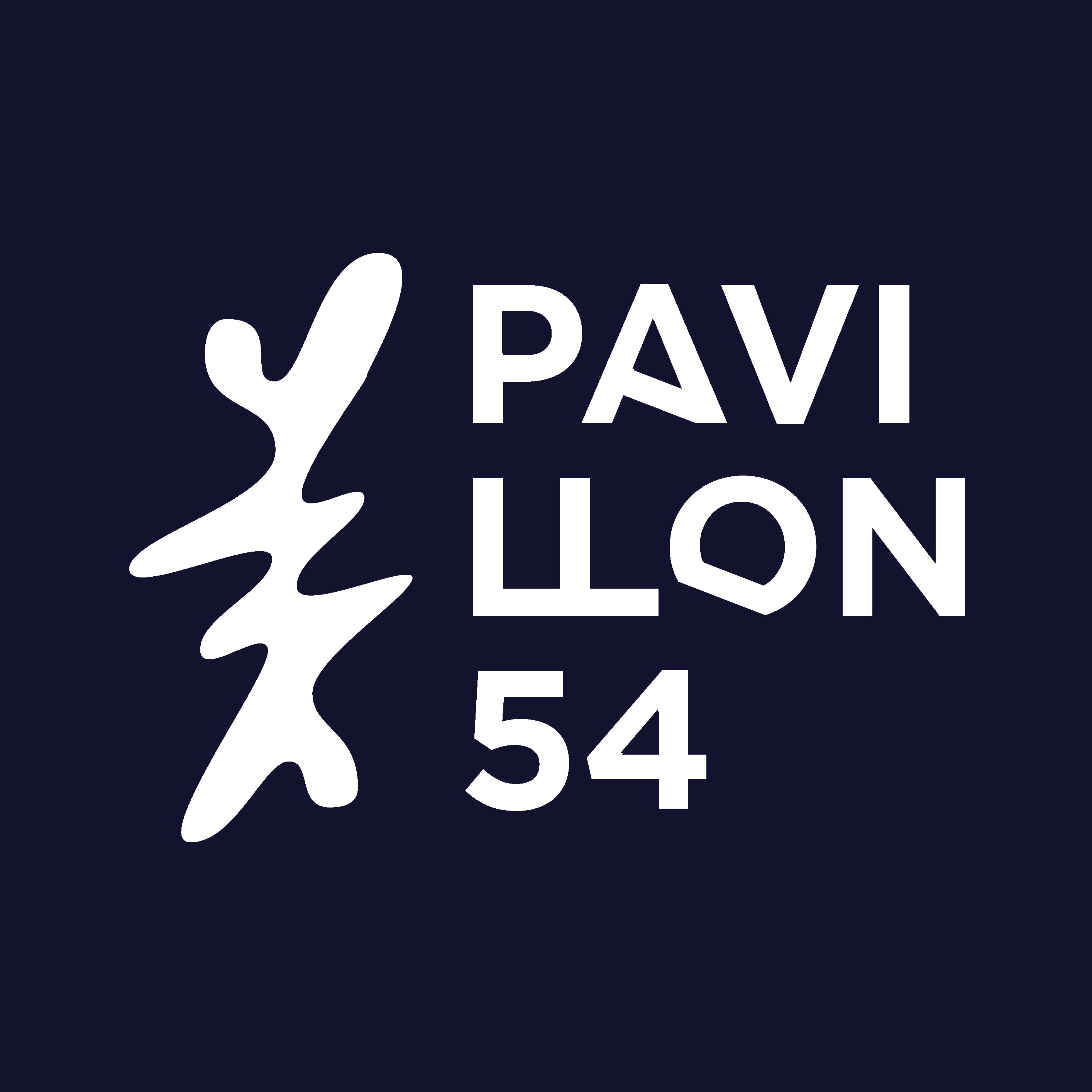Suraj Adekola
We will not forget you, 2022
Bleach, spray paint, and oil bars on Adire (tie-dye) fabric
92 1/2 x 79 3/4 in
235 x 202.5 cm
235 x 202.5 cm
Copyright The Artist
Currency:
This piece is to honour the forgotten contributions of Blacks to the British empire. It explores the forgotten stories of the efforts of Black soldiers throughout both World Wars. This...
This piece is to honour the forgotten contributions of Blacks to the British empire. It explores the forgotten stories of the efforts of Black soldiers throughout both World Wars. This narrative is not widely known, which makes this piece essential for suggesting one of the ways in which Blacks have historically helped Britain. The Black soldiers were referred to as "soldiers in red jackets" and were the "sable arm" of the British Empire across the Atlantic Ocean. During this period, the British were confronted with the difficulty of recruiting a substantially greater number of Black soldiers, and commonly utilized the promise of loyalty to the Empire as a recruiting tool. As a result of the bigotry that Black soldiers encountered from White officers and soldiers alike, as well as the inability of colonial governments to recognize their service once they returned home, these expectations of equality and reciprocity quickly led to disappointment and disillusionment. He has used the figures in this piece to suggest the forgotten troops of the ‘soldiers in red jackets’, and used the heads to suggest the forgotten faces during both World Wars.
His interest is in the beauty of blackness, fragility and diversity, unity after chaos, that are consumed into the Adire (tie-dye) fabric. He appropriated the African traditional and contemporary material such as footballer jerseys and army camouflage to serve as an alternative to conventional canvas.
He employs the fabric as a metaphor to accentuate his cultural identity and a symbol of Pan-Africanism. Adire (tie-dye) fabric is an indigenous and popular indigo-tie-dyed fabric decorated with a resist-dying technique to create striking patterns. He mainly uses Adire made in my hometown Egbaland, Abeokuta as it is a capital of Adire making in Nigeria to sustain and promote his cultural identity.
His interest is in the beauty of blackness, fragility and diversity, unity after chaos, that are consumed into the Adire (tie-dye) fabric. He appropriated the African traditional and contemporary material such as footballer jerseys and army camouflage to serve as an alternative to conventional canvas.
He employs the fabric as a metaphor to accentuate his cultural identity and a symbol of Pan-Africanism. Adire (tie-dye) fabric is an indigenous and popular indigo-tie-dyed fabric decorated with a resist-dying technique to create striking patterns. He mainly uses Adire made in my hometown Egbaland, Abeokuta as it is a capital of Adire making in Nigeria to sustain and promote his cultural identity.
Inscivez-vous à notre newsletter
Inscrivez-vous pour recevoir les dernières nouvelles et mises à jour.
* denotes required fields
We will process the personal data you have supplied to communicate with you in accordance with our Privacy Policy. You can unsubscribe or change your preferences at any time by clicking the link in our emails.

